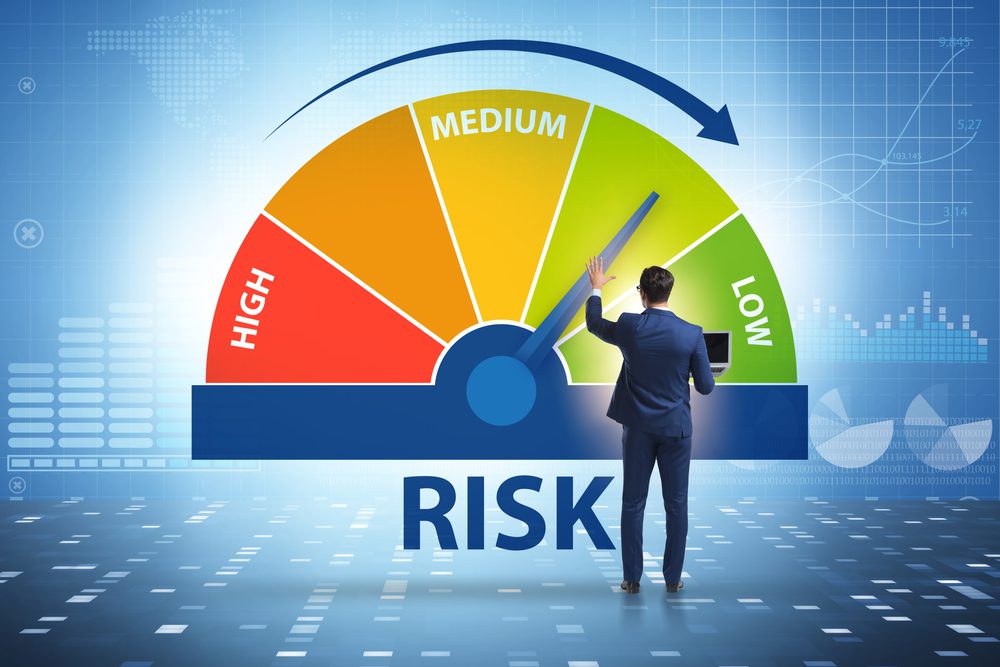It’s a known fact that Australia is very susceptible to natural disasters including bushfires, floods, cyclones and storms that can cause significant damage to lives, property, infrastructure, and the economy. The worsening climate change crisis is only exacerbating these issues, making it essential for Australia to enhance national preparedness to handle and overcome these challenges.
To that end, the Australian government has developed and enforced two frameworks based on the principle of shared responsibility—the Australian Disaster Preparedness Framework and the National Disaster Risk Reduction Framework—to guide national disaster management efforts.
This aims to provide a common understanding of the risks and consequences of severe to catastrophic disasters, identify the capabilities and capacities required to manage them and foster partnerships across all sectors of society.
Both of these frameworks are aligned with the Sendai Framework for Disaster Risk Reduction 2015-2030, which sets out four priorities for action; understanding disaster risk; strengthening disaster risk governance; investing in disaster risk reduction; and enhancing disaster preparedness.
They also align with United Nations’ 17 Sustainable Development Goals that aim to end poverty, protect the planet, and ensure peace and prosperity for all.
In this post, let’s explore these frameworks in detail and how critical infrastructure businesses can meet their requirements with critical infrastructure risk assessments.
The Australian Disaster Preparedness Framework (ADPF)
Introduced in 2018, the ADPF provides guidance for critical infrastructure organisations to develop the capabilities required to handle and manage catastrophic disasters.
The framework defines six key capability requirements, including:
- Leadership and governance
- Situational awareness
- Decision making
- Communication
- Coordination
- Scalable response
In addition, it also outlines eight components to sustain the key capabilities. These include:
- Establishing effective governance, roles and responsibilities
- Understanding risk and consequence
- Understanding capability requirements
- Enhancing and developing capabilities
- Fostering partnerships
- Planning and coordinating capabilities and partnerships
- Informing policy, investment and expectations
- Ensuring continuous improvement
National Disaster Risk Reduction Framework (NDRRF)
The NDRRF was released in 2019 to guide and coordinate the actions on risk reduction across all industries and outlines a comprehensive approach to proactively reduce disaster risk now and into the future. It’s a multisector collaboration and is headed by the National Resilience Taskforce.
It recognises that disaster risk is influenced by social, economic, environmental and governance factors and that reducing disaster risk requires addressing the underlying drivers of vulnerability and exposure.
The framework sets out four priority areas for action, which include:
- Understanding disaster risk in all its dimensions
- Accounting for disaster risk in decision making
- Enhancing disaster resilience through mitigation actions
- Supporting effective disaster recovery
Each of these priority areas has five-year outcomes (2019-2023), which are supported by specific strategies for action.
What role do risk management professionals play in implementing these frameworks?
Risk management professionals can contribute to implementing ADPF and NDRRF by conducting critical infrastructure risk assessments to evaluate the risks and consequences of severe to catastrophic disasters for the organisation, sector or community, which can help develop and implement strategies to reduce disaster risk and enhance disaster resilience.
In addition, SRM professionals can also provide ongoing support by building partnerships with other organisations, sectors or communities to share information, resources and capabilities, which will improve coordination and cooperation in disaster risk reduction efforts.
How can critical infrastructure risk assessments help meet the requirements of ADPF and NDRRF?
CI risk assessments are the most vital tool SRM professionals have in their arsenal to ensure alignment with the requirements of ADPF and NDRRF. They help to enhance the security and resilience of critical infrastructure by identifying and addressing potential gaps or weaknesses in the asset or system design, operation or maintenance.
Some other benefits delivered by CI risk assessments include:
- Improved situational awareness and information sharing between critical infrastructure owners and operators as well as government agencies, enabling a more coordinated and effective response to incidents or emergencies.
- Support for informed decision-making and resource allocation by providing evidence-based and consistent risk information across different critical infrastructure sectors and assets.
- Compliance with regulatory obligations and standards by demonstrating due diligence and adherence to best practices in risk management.
Leverage critical infrastructure risk assessments to ensure alignment with national preparedness goals
With Australia increasing its efforts toward reducing the risk of catastrophic disasters that affect critical infrastructure with the implementation of ADPF and NDRRF, risk management professionals in CI organisations should leverage advanced risk assessment tools to meet the requirements of these frameworks.
They help CI organisations support coordinated national disaster risk reduction efforts.





